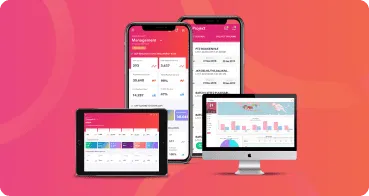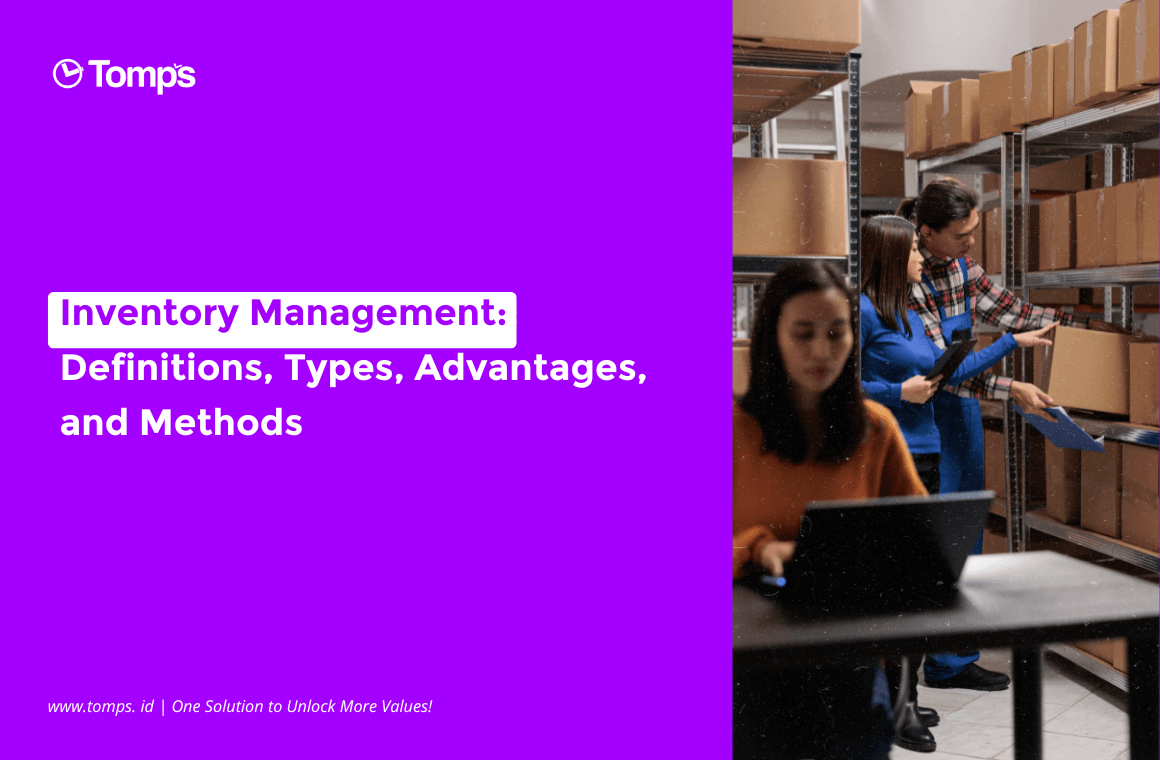In running a project, the key to success is the cost and time that goes according to plan. But the reality on the ground is that there are always gaps that allow the project to go off track. For that, Tom-Mates must understand earned value management for managing construction projects related to cost and time.
The concept of “earned value” is one of the tools used in project management that integrates cost and time. The earned value concept presents three dimensions, namely the physical completion of the project (the percent complete) which reflects the planned cost absorption (budgeted cost), the actual costs that have been incurred or what is called the actual cost, and what is obtained from the costs that have been incurred or the so-called earned value. Based on this cost and time performance, a project manager can identify the overall performance of the project as well as the work packages in it and then predict the cost performance and project completion time. The results of the project performance evaluation can be used as an early warning if there are performance inefficiencies in project completion so that management policies and changes in implementation methods can be made so that cost overruns and project completion delays can be prevented.
Time Management
Project cost management involves all processes needed in project management to ensure project completion by the approved cost budget. The main thing that is a very concern in project cost management is the cost of the resources needed to complete the project, as follows:
- Resource Planning
Resource planning is a process to determine the resources in physical form (human, equipment, material) and the amount needed to carry out project activities. This process is closely related to the cost estimation process.
- Estimated costs
Cost estimation is the process of estimating the cost of the resources required to complete a project. If the project is implemented through a contract, it is necessary to distinguish between the estimated cost and the contract value. Cost estimation involves the quantitative calculation of the costs incurred to complete the project. While the contract value is a decision from a business perspective where the estimated cost obtained from the estimation process is one of the considerations of the decisions taken.
- Cost Budgeting
Cost budgeting is the process of making cost allocations for each activity from the overall costs that appear in the estimation process. From this process, a cost baseline is obtained which is used to assess project performance.
- Cost Control
Cost control is carried out to detect whether the actual cost of implementing the project deviates from the plan or not. All causes of cost deviations must be well documented so that corrective steps can be taken.
Cost Management
Time management on a project (Project Time Management) includes all processes needed to ensure project completion time (PMI 2000). There are five main processes in project time management, namely:
- Activity Definition
Is the process of identifying all the specific activities that must be carried out to achieve all project goals and objectives (project deliverables). In this process, a grouping of all activities within the scope of the project is produced from the highest level to the smallest level or is called a Work Breakdown Structure (WBS).
- Activity Sequence
The process of sequencing activities involves the identification and documentation of interactive logical relationships. Each activity must be sequenced accurately to support schedule development to obtain a realistic schedule. In this process, computer aids can be used to facilitate the implementation or it can be done manually. Manual techniques are still effective for small-scale projects or in the early stages of large-scale projects, where no detailed detailing is required.
- Estimated Activity Duration
Activity duration estimation is the process of retrieving information related to the project scope and required resources which are then followed by calculating the estimated duration of all activities required in the project which is used as input in schedule development. The accuracy of the duration estimate is highly dependent on the amount of information available.
- Schedule Development
Schedule development means determining when an activity in the project will start and when it should be completed. Making a project schedule is an iterative process from the input process which involves estimating the duration and cost to determine the project schedule.
- Schedule Control
Schedule control is a process to ensure whether the performance carried out is by the planned time allocation. Things that need to be considered in schedule control are:
- The influence of the factors that cause schedule changes and ensure that changes occur are approved.
- Define changes to the schedule.
- Take action when project implementation differs from the initial project plan.
Principles in Earned Value Management
1. Planned venue
A principle that represents the amount of expected value of the project within an agreed timeframe. In the context of project consulting, the planned venue is the amount of revenue that must be earned after the project is completed.
2. Earned value
Focus on the total revenue that has been achieved. There are many ways to earn revenue from a project. For example, revenue can be earned when the management team assigns costs to a work breakdown structure (WBS) project. Revenue can also be earned when the project manager assesses the amount of work completed throughout the project. These assessments are often conducted monthly and are often based on progress and the amount of work remaining.
3. Actual cost
That is the market value of the costs incurred by the project while the work is being done. This principle provides consultation on how to compare the amount of money the project has spent with the total planned venue and earned value.
Earned Value Management Criteria
Fleming and Koppelman (1994) describe 10 criteria for the implementation of project management based on the earned value concept, as follows:
- Management commitment
In the application of the earned value concept, there must be a determination from the project manager to utilize the earned value concept in the management system on the projects he handles. The commitment must also exist in the company’s main organization in supporting the decision to use the earned value concept in project management.
- Define project scope with work breakdown structure (WBS)
In every project, the first thing that must be done is to determine the project scope so that at the time of implementation the project scope does not expand which causes project failure. One technique that can be used and proven effective in limiting project scope is the WBS. The WBS shows a product-oriented hierarchy of project-oriented work plans. The WBS becomes a reference in determining the activities and resources that will be used to achieve project objectives.
- Creating management control cells (cost accounts)
The cost account is the intersection of the lowest level of the WBS with the functions of the organization. The cost account must have four elements, namely: showing work at the task level; having a specific implementation time frame for each task; having a budget for the use of resources, and having a party responsible for each cell.
- Assign functional responsibilities for each smallest part of project management (project’s management control cells)
There is a need for a project organization in which there is a clear division of responsibilities in its structure. The project organization is divided into divisions and subdivisions. Each division and subdivision has different duties and responsibilities. These duties and responsibilities are by the cost account ownership of each division and subdivision.
- Create an earned value baseline
The next step is to establish the baseline used in calculating project performance. The basis for measuring project performance should include all cost accounts and indirect project costs such as unexpected costs and profits. To obtain the basis for project performance measures, a formal project planning process is used, starting from the estimation, scheduling, and budgeting processes. For control purposes, management must determine limits for project performance appraisal.
- Use of formal project scheduling processes
The use of earned value requires project control tools such as master schedule, S curve and bar chart. Project control tools are made through a scheduling process. This tool shows the time frame of each work package and its cost budget.
- Management of indirect costs (indirect costs)
Indirect costs need to be grouped separately from the direct costs of the project. Sometimes indirect costs have a larger portion of the overall project cost. Therefore, indirect project costs need to be considered and handled properly.
- Periodically, estimate the cost of project completion
One of the benefits of the earned value concept is being able to predict project completion costs (EAC). Based on the actual performance of the project (SPI and CPI), it can be accurately predicted how much more funds will be needed to complete it.
- Project status reporting
Variant limits that have been determined by management become a reference when management will act. If the project’s performance is outside the set limits, it is a warning signal for management to act. The application of earned value in project management is an example of the application of management by exception. Management by exception is a type of management system that only takes action when there is a deviation.
- Develop a historical database
The establishment of a historical database allows for better project improvements to be carried out. A historical database is used as a reference in project management in the future.
That’s Tomps explanation regarding the earned value management system that can save your project costs and time. In addition to trying earned value management system, you can also take advantage of various features available in Tomps to help you plan, monitor, and evaluate projects in real-time just in your hand. Try now!







